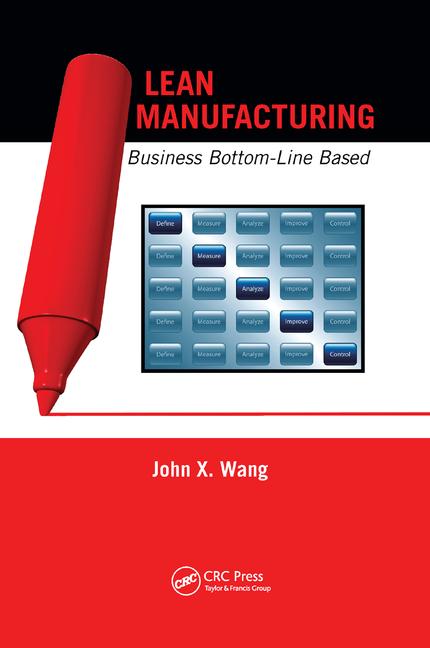Down the Line: Robot Eats Dirt
It uses ultrasonics to detect furniture, walls, toys and other obstacles. "The acoustic sonar vibrates at a rate of 60,000 hertz and is coated with a thin gold plate to give the best performance," says Lars Dahl, technical project manager. "The sonar’s semicircular shape allows it to see up to 180 degrees." However, the Trilobite cannot negotiate steps and needs a magnetic strip hidden beneath carpet to stop it from tumbling down stairs.
Dirt is collected in a dust box; no dust bags are needed. Two wheels equipped with independent suspension are powered by individual motors. A patented system in the roller brush allows the vacuum to pass over rugs and avoid getting tangled up with electrical cords and other objects on the floor.
The Trilobite uses only 90 watts of power, compared with 800 to 1,600 watts for traditional vacuums. It uses four motors—one for each drive wheel, one for the roller and one for the fan.
With most of its energy used to spin pads and maneuver around, critics claim the robot has little power left to suck up dust and dirt. They also point to its steep price tag—approximately $1,350—as a deterrent to wide-scale appeal.
The vacuum has a maximum speed of 0.4 meters per second. When power is running low, the Trilobite automatically returns to its charging station and docks for a recharge. The robot is being assembled at an Electrolux plant in Vastervik, Sweden.
The Trilobite is currently only available in Europe, but Eureka Co. (Bloomington, IL), an Electrolux subsidiary, has been experimenting with a similar product called Robo Vac since 1999. Other European appliance manufacturers, such as Dyson Ltd. (Wiltshire, UK) and Alfred Karcher GmbH (Winnenden, Germany), have been developing robot vacuum cleaners for several years, but do not yet have a device commercially available. Matsushita Electric Industrial Co. (Tokyo) recently unveiled a prototype robot vacuum that it plans to market within the next three years. Robotic cleaning devices for industrial applications, such as automatic floor scrubbers, have been available since the mid-1990s.
Looking for a reprint of this article?
From high-res PDFs to custom plaques, order your copy today!






